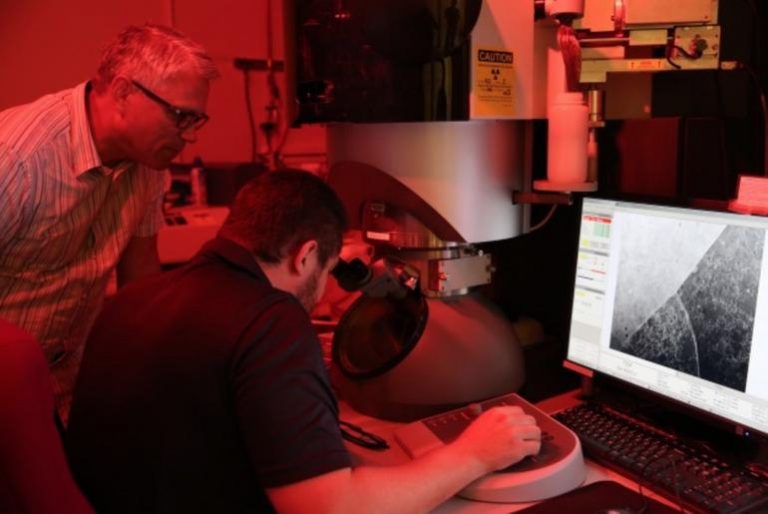One of the downsides of printing metals is that the end result can be porous and weak. This has long been one of the barriers holding back metal printing. However, it seems that a research team from Lawrence Livermore (among other universities) have developed a radical new way to print stainless steel. The end result of this method has also resulted in a version of steel that is about three times stronger.
The research team comprised of Lawrence Livermore, Ames National Laboratory, Georgia Tech and Oregon State. While laser sintering is generally used for producing objects, the team employed it for producing the actual steel. The method uses laser sintering with very controlled heat and fusing to process the alloy.
As a result, they were able to produce the far stronger strain of 316L steel. 316L contains a far lower carbon content and improved ductility. The researchers have stated that it is strong enough to have military applications.
Lawrence Livermore University has a history of testing ways to provide better metal prints. It seems that their efforts have resulted in another crucial breakthrough. Even more surprising considering the breakthrough was an accidental discovery.
“When you additively manufacture 316L it creates an interesting grain structure, sort of like a stained-glass window,” said Alex Hamza LLNL researcher . “The grains are not very small, but the cellular structures and other defects inside the grains that are commonly seen in welding seem to be controlling the properties.”
“This was the discovery. We didn’t set out to make something better than traditional manufacturing; it just worked out that way,” he added.
The engineers experimented with different powders and metal plates to further enhance the steel’s attributes. Currently the researchers are looking towards deriving a predictive model for the creation of steel. They are also aiming to expand into various other alloys, in the near future.









